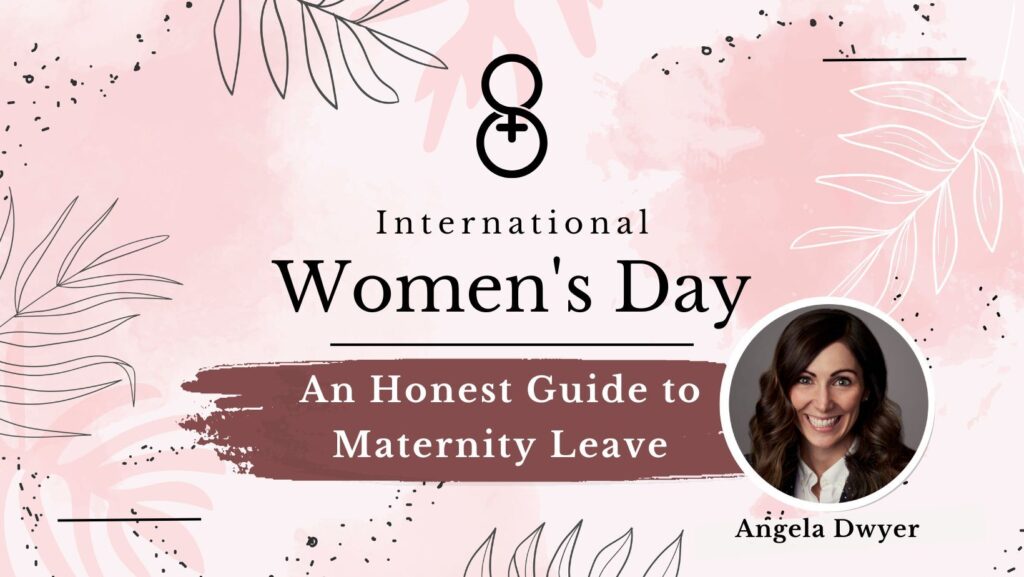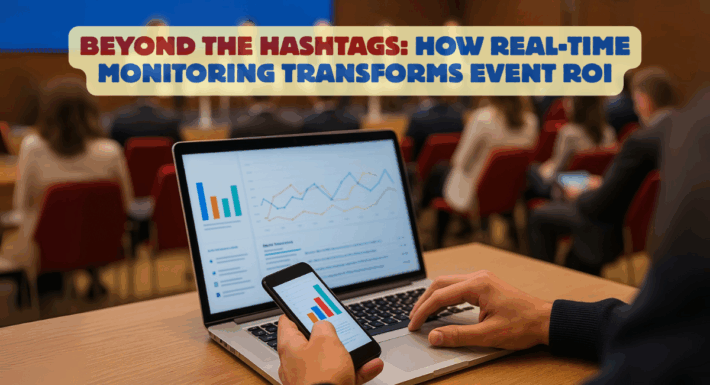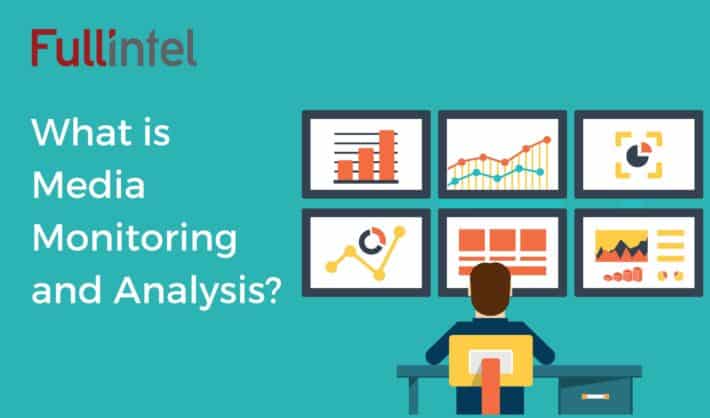An Honest Guide to Maternity Leave

It’s International Women’s Day this week, and as I prepare for maternity leave with the birth of my fourth child, I wanted to share some things I’ve learned about managing work and time off while having and raising a little one.
Having a child is one of the most rewarding aspects of anyone’s life. But managing maternity leave isn’t always easy. It can be an intimidating, sometimes confusing process for those going through it for the first time.
Parental leave can be especially difficult for workers in the U.S., where federal regulations only require a relatively sparse 12 weeks of unpaid leave – although many employers provide more and better-paid options.
Either way, navigating parental leave can be tricky, no matter where you’re from. That’s why we’ve put these tips together – to guide you through some of the more difficult questions around parental leave. Let’s dive in.
5 Things to Keep in Mind About Parental Leave
The run-up to parental leave can be stressful. You must tell your boss, tie off loose ends, prepare your team, and ensure they’re in a good place by the time you’re ready to take your leave. And that’s not even counting any stress related to becoming a parent – for the first or fourth time!
Here are some of the main things to remember when preparing for, and going on, maternity or paternity leave.
1. Acknowledge Parental Leave Isn’t a Privilege – It’s a Right
The first thing is to acknowledge to yourself – and hopefully, your organization does the same – that parental leave isn’t an extra privilege. It’s not special treatment. It’s a baseline. And it’s the bare minimum of what companies should do as a basic function of contributing to society.
Admittedly, parental leave is a challenge for organizations from a logistical perspective: It involves taking away one of the organization’s key contributors for some time. And it’s hard for any business to try to fill those gaps. I also recognize that it doesn’t always work for all organizational structures or roles.
But it can pay off for companies to consider the big picture: Yes, this employee will be away for a few months. But if you treat them right, they’ll be with you for years.
It’s only by acknowledging this fact that employers and employees can have honest, realistic conversations about parental leave.
2. There’s a Right Way to Tell Your Boss
Telling your boss can be a nerve-wracking experience, especially if it’s your first pregnancy. Polling from 2018 showed that more than 20 percent of working mothers are nervous about telling their bosses they’re pregnant, which seems on the low side to me.
But it’s not hard to figure out why: Maternity leave-related discrimination, unfortunately, still exists. Some might even feel they should apologize (which they should not – no one ever needs to apologize for being human and starting a family). Even a split-second visual cue of worry from your boss during this conversation can trigger a ton of anxiety in the employee.
When I recently told my boss – Fullintel President Andrew Koeck – about my current mat leave, I took the same approach I always have: I told him I had some great news to share! And I’m pleased to report that he was genuinely happy for me. No surprise there.
I always make sure to frame this kind of conversation positively because this conversation sets the tone for nearly everything else. It’s important to feel supported, and that support should be the norm – not the exception.
It’s generally considered a maternity leave best practice to tell your boss first (as opposed to your colleagues around the water cooler). As for telling your colleagues, it’s entirely up to you. Some people don’t even tell family members until they’re halfway through a pregnancy, and you’re not obligated to tell colleagues unless you’re comfortable doing so. Thanks to the magic of remote work, they probably won’t have a clue until you tell them.
3. How to Prepare for Parental Leave
Mentally detaching from work is one of the biggest stumbling blocks for any parental leave. In the months and weeks before their leave, many people can’t help but think, “I can’t have the baby yet – I still have work to do!”
But it’s important to let go of those fears and anxieties to help your body to go through the birthing process. And work can be one of those big anxieties. It can be a barrier. Getting employer understanding can help, but parents – especially mothers – can help themselves by getting into the right frame of mind.
Aside from getting yourself mentally ready, having a plan is also essential. Fortunately, this is relatively easy because the great thing about maternity leave is that you know it’s coming well in advance!
I encourage all expectant parents (especially those who manage teams at work) to draft a plan for when they’re away. The plan doesn’t have to be complex. But briefing your key out-of-office person on your responsibilities and planning around who will do what in your absence – along with informing employees and getting buy-in – is crucial for a successful leave.
On my end, I recently drafted a one-page plan on Google Docs that included relevant links, assignments, and other pertinent information, then shared it with my insights team at Fullintel. I also ensured that any folders containing files they might need while I’m away were placed on a shared drive, ensuring my team won’t get locked out of important materials.
To round out my mat leave preparation, I next conducted a 30-minute Q&A session with the rest of Fullintel’s leadership team (and was delighted when everyone showed up) to answer questions.
It’s also important to remember that you probably won’t be able to cover every possible contingency with your team. There’s nothing wrong with that. They will have to figure out a few things on their own, and that’s okay.
4. During Parental Leave
While some advisers say you “should” check in with your team periodically, I say “to heck with ‘shoulds’.” It’s your leave.
You need to let it all go and not worry about contacting your colleagues, missing important conversations, or falling behind in your industry. Work will still be there when you get back, and it’s healthy at this time to turn off entirely from your work responsibilities (I realize that this may be more easily said than done!).
Parental leave is when parents should bond with their new child without feeling distractions or pressure to do other things. The entire purpose of maternity leave is to take care of the child, bond with the child, and rest and heal your body. In the postpartum recovery phase, a body needs weeks and even months to heal, and if you don’t care for yourself now you risk having health issues later. I take a proactive approach to recovery, which allows me to feel much healthier and happier over the long term.
One thing I do provide my colleagues, however, is a route in case of emergency: Instructions that if they absolutely need to contact me, they must do it by phone. This is not a time to be checking emails frequently.
Most people aren’t going to call because it’s inconvenient. But if it’s important enough, they will pick up the phone.
5. Interaction Do’s and Don’ts
Colleagues need to be very word-conscious during the run-up to your parental leave. Often people want to say something but don’t know what, which results in ill-advised statements such as: “Wow, you’re huge!” or “You look like you’re gonna explode!”
These are not great things for an expectant mother to hear.
My advice: Tell her she looks great and is doing a wonderful job!
How Parental Leave is Good for Companies
I would be remiss if I didn’t again acknowledge that maternity and paternity leave can be a significant challenge for even the best and most responsible companies.
After all, losing a high-performing employee for several months is never easy.
But parental leave can be good for employers, too. How you treat employees matters and can help increase trust in a company and its reputation. If you want to create trust in your organization and have a good reputation, it doesn’t start with big-budget ESG programs and corporate social responsibility, although these can be helpful. It starts with your employees. It starts in-house.
That’s because your employees are your ultimate brand ambassadors. And if you don’t care for your employees, implementing ESG programs and other purpose work outside your company could actually backfire.
It’s all about looking within: Within your home, within your office, and within your business to ultimately take care of your employees. That means the bare minimum, to be sure – granting parental leave without consequences or negativity – but it also means thinking about what else you can do for that employee. How else can you support them?
I’ve seen some very creative ways companies have gone above and beyond, including granting flexible ramp-down or ramp-up time not classified as vacation or parental leave.
I’ll return to touch on the best practices and things to consider when preparing to return to work from parental leave in a follow-up post in a couple of months. But for now, I’m out of here to take care of my family!
Angela Dwyer is a mother of four who also happens to be a certified birth doula and Fullintel’s Head of Insights. Please reach out to Angela if you have any questions or comments – just keep in mind she may not be checking email for the next couple of months.





